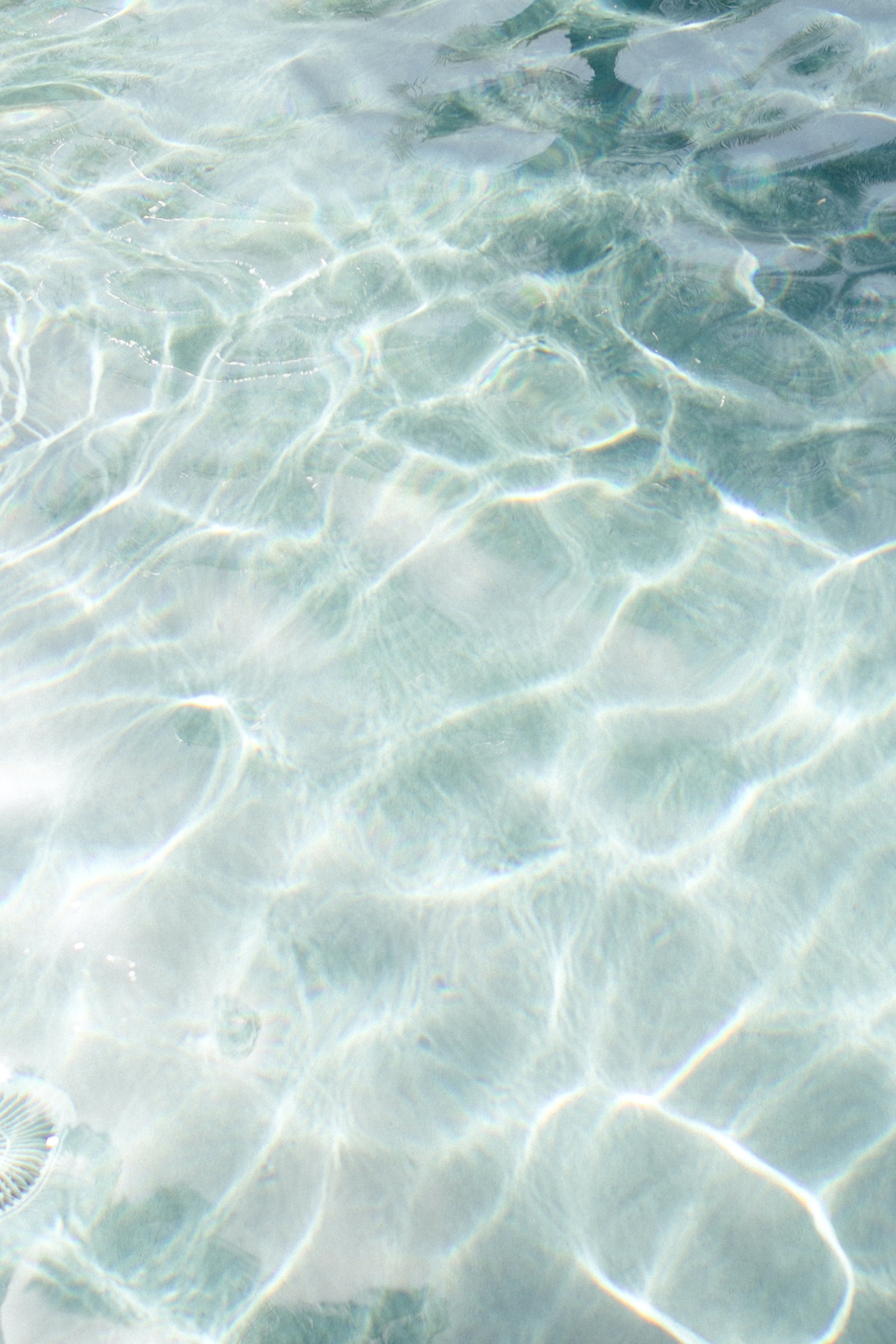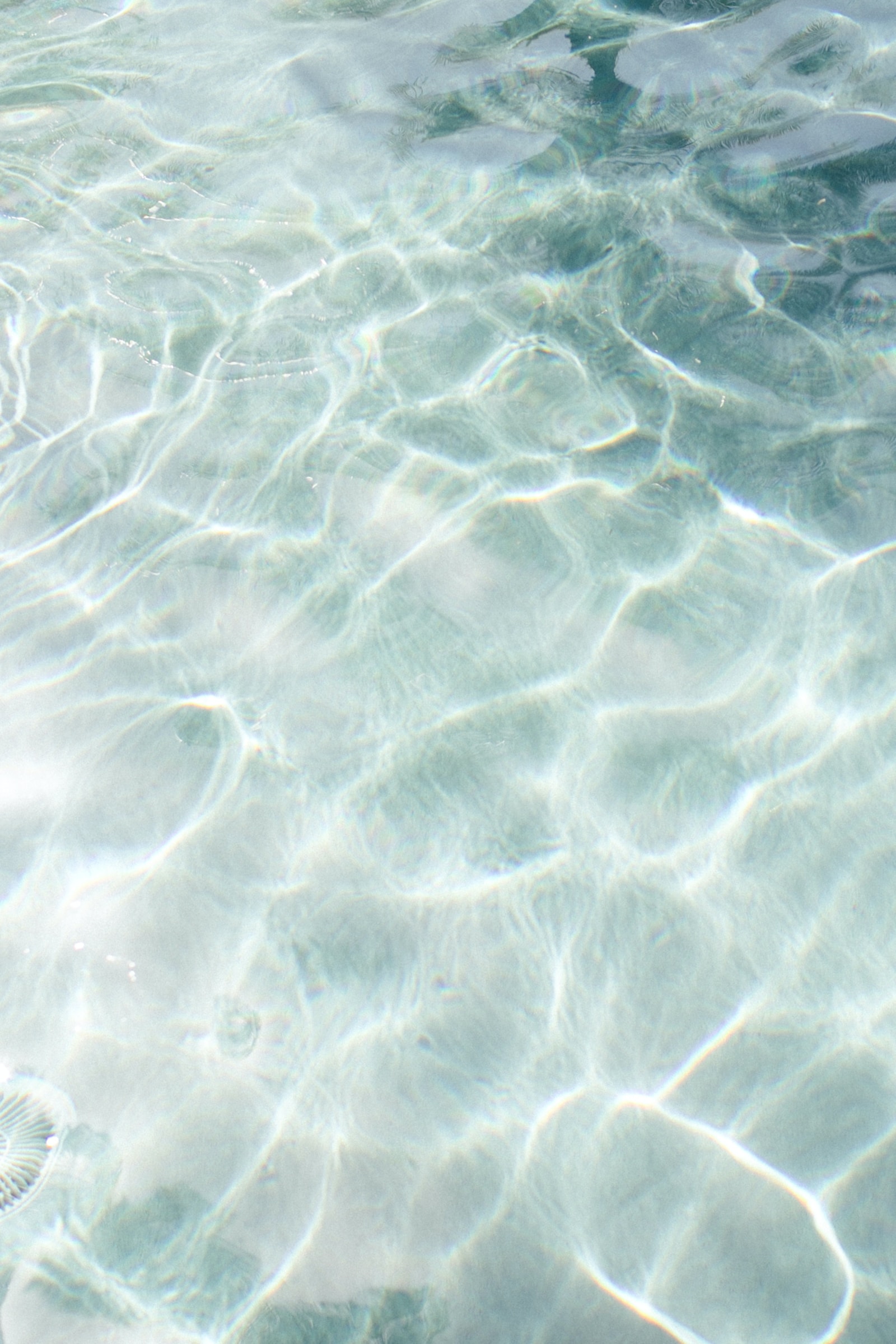Hummingbirds, with their vibrant hues and delicate fluttering wings, are a joyous sight in any garden. These petite, energetic creatures have an incredibly high metabolism, requiring immense amounts of energy to sustain their rapid wing beats. As a result, many people wonder if it is safe to feed these enchanting birds sugar water. While sugar water can be a beneficial supplement for hummingbirds, it is crucial to understand the proper preparation and feeding guidelines in order to ensure their health and well-being.
The Importance of Feeding Hummingbirds Sugar Water
Nutritional Needs of Hummingbirds
Hummingbirds have unique nutritional needs due to their high metabolism and energy requirements. While nectar from flowers is their primary source of food, providing sugar water can supplement their diet and ensure they receive the necessary nutrients to thrive. Sugar water provides hummingbirds with quick and easily digestible energy, as it closely mimics the natural nectar they consume in the wild.
Benefits of Sugar Water
Feeding hummingbirds sugar water offers several benefits. Firstly, it provides a readily available food source, especially during times when flowers may be scarce or when migrating hummingbirds pass through an area. Sugar water also helps attract hummingbirds to your yard, allowing you to observe their fascinating behavior and enjoy their beauty up close. Furthermore, providing sugar water can help support hummingbird populations, especially in urban or suburban areas where natural food sources may be limited.
This image is property of images.unsplash.com.
Attracting Hummingbirds to Your Yard
If you want to attract hummingbirds to your yard, providing sugar water is an effective method. Hummingbirds are attracted to the color red, so using a feeder with red accents or placing red flowers near the feeders can grab their attention. It is also important to ensure that the feeding area is quiet and secluded, as hummingbirds prefer peaceful environments while feeding. Additionally, planting native nectar-producing flowers and creating a hummingbird-friendly habitat will make your yard more appealing to these tiny birds.
Preparing Sugar Water for Hummingbirds
Choosing the Right Sugar
When preparing sugar water for hummingbirds, it is crucial to choose the right type of sugar. Plain white granulated sugar is the best option, as it closely resembles the natural sucrose found in flower nectar. Avoid using brown sugar, powdered sugar, artificial sweeteners, or honey, as these can be harmful or have negative effects on hummingbirds’ health.
Water to Sugar Ratio
To prepare sugar water, mix one part white granulated sugar with four parts of clean, boiling water. This ratio closely resembles the sugar concentration found in most flower nectars and provides the optimal balance of sweetness for hummingbirds. It is important to let the sugar water cool completely before filling hummingbird feeders to avoid causing burns or degrading the feeders’ materials.
Avoiding Artificial Sweeteners
Artificial sweeteners, such as sucralose or aspartame, should never be used in sugar water for hummingbirds. These substances offer no nutritional value and could even be toxic to hummingbirds. Stick to using plain white granulated sugar to ensure the safety and well-being of these delicate creatures.
This image is property of images.unsplash.com.
Potential Risks of Sugar Water for Hummingbirds
Dental Issues
One potential risk of feeding hummingbirds sugar water is the development of dental issues. The high sugar content in the solution can promote the growth of bacteria, leading to tooth decay and gum disease. To minimize this risk, it is crucial to maintain good feeder hygiene and regularly clean and disinfect feeders to prevent the buildup of harmful bacteria.
Digestive Problems
Another concern associated with sugar water feeding is the potential for digestive problems. Consuming large amounts of sugar water may upset the delicate balance of bacteria in a hummingbird’s digestive system, leading to gastrointestinal issues. To mitigate this risk, it is important to provide a varied diet that includes natural nectar from flowers, insects, and other food sources.
Dependency on Feeders
Feeding hummingbirds sugar water from feeders exclusively can lead to a dependency on human-provided food sources. While sugar water can supplement their diet, it should not be their sole source of nutrition. Encouraging hummingbirds to forage for natural food sources ensures a more balanced diet and promotes their natural instincts for survival.
Best Practices for Feeding Hummingbirds Sugar Water
Cleaning Hummingbird Feeders
Regularly cleaning hummingbird feeders is essential to ensure the health and well-being of the birds. The sugar water solution can ferment and spoil, becoming a breeding ground for harmful bacteria and fungi. Clean feeders every three to five days, depending on the weather and activity level, and use a mild soap or a vinegar solution to remove any residue. Rinse thoroughly and allow the feeder to dry completely before refilling.
Replacing Sugar Water
Keep a close eye on the sugar water in feeders and replace it every three to five days, or sooner if it appears cloudy or discolored. In hot weather, sugar water can spoil and ferment more quickly, so frequent replacement is necessary to prevent the growth of harmful microorganisms. Always discard any unused sugar water and clean the feeder thoroughly before refilling.
Providing Native Food Sources
While sugar water can be a valuable supplemental food source, it is important to also provide native food sources for hummingbirds. Planting a variety of nectar-producing flowers, shrubs, and trees in your yard will attract hummingbirds and offer them a diverse and natural diet. Native plants provide a rich source of nectar and also support the local ecosystem by attracting insects for the hummingbirds to feed on.

This image is property of images.unsplash.com.
Monitoring Hummingbird Behavior
Observing Increased Feeding Frequency
By regularly monitoring hummingbird behavior, you can gain insights into their feeding patterns and well-being. An increased frequency of visits to your feeders indicates that hummingbirds are actively foraging and using the sugar water as a food source. However, sudden decreases in feeding frequency might indicate an abundance of natural food sources or potential health issues, warranting closer observation.
Watching for Unusual Behavior
Unusual behavior in hummingbirds can be a sign of distress or illness. If you observe hummingbirds hovering near feeders but not feeding, struggling to fly, or displaying abnormal plumage or physical appearance, it is important to take note and consult with a hummingbird expert or a licensed wildlife rehabilitator for guidance. Prompt action and early intervention can often make a significant difference in a hummingbird’s chances of recovery.
Keeping an Eye on Hummingbird Health
Hummingbirds are prone to various health issues, including parasites, infections, and injuries. Regularly visually inspect hummingbirds that visit your yard, looking for any signs of illness or injury. Observe their behavior and flying patterns, as healthy hummingbirds are agile and alert. If you notice any signs of distress or a decline in overall health, it is advisable to seek professional advice to ensure the best possible care for the birds.
Other Factors to Consider
Climate and Seasonal Changes
Climate and seasonal changes can significantly impact hummingbirds’ feeding patterns and preferences. In colder climates, sugar water may be more crucial during migration and breeding seasons when natural nectar sources are scarce. Pay attention to the local hummingbird species in your area and adjust your feeding practices accordingly to support their unique needs throughout the year.
Predator Deterrence
While attracting hummingbirds to your yard is rewarding, it is important to consider the potential risks posed by predators such as cats or larger birds. Place hummingbird feeders in a location that provides clear visibility for the birds but is also protected from easy access by predators. Planting dense shrubs or using predator deterrents can further help safeguard hummingbirds while they feed.
Importance of Hydration
Hummingbirds require constant hydration to maintain their high metabolic rate. In addition to providing sugar water, it is essential to offer a clean and fresh water source, such as a shallow birdbath or misters, for hummingbirds to drink and bathe. The presence of water features can attract more hummingbirds to your yard and contribute to their overall well-being.

Dangers of Using Red Dye in Sugar Water
Negative Effects on Hummingbirds
Many commercial hummingbird food products contain red dye to attract hummingbirds. However, the use of red dye in sugar water can be harmful to these delicate creatures. The dye may contain artificial additives and chemicals that can negatively impact their health, causing organ damage or even death. It is best to avoid using any food products containing red dye and instead rely on the natural attraction of red coloration in feeders or flowers.
Natural Alternatives for Attracting Hummingbirds
To attract hummingbirds without resorting to artificial red dyes, consider incorporating red accents into your feeder design or using red-colored glass or plastic feeders. Planting native red-colored flowers with tubular blooms, such as bee balm or cardinal flowers, can also be an effective way to attract hummingbirds to your yard naturally. By prioritizing their safety and using natural methods, you can create a welcoming habitat for these incredible birds.
Alternatives to Sugar Water for Hummingbirds
Planting Native Nectar-Producing Flowers
An alternative to feeding hummingbirds sugar water is to create a garden with a variety of native nectar-producing flowers. By planting a selection of flowers that bloom at different times throughout the year, you can provide a sustainable and diverse food source for hummingbirds. Native flowers not only offer natural nectar but also attract other beneficial insects and contribute to the overall health and biodiversity of your garden.
Installing Hummingbird Feeders without Sugar Water
Another option is to install hummingbird feeders that do not rely on sugar water. These feeders are designed with small wells that contain small insects or spiders, which are the primary protein source for hummingbirds. The presence of live insects in these feeders can attract hummingbirds and provide them with a more natural food option. However, it is important to clean these feeders regularly and replenish the live insects to ensure their freshness and safety.
Creating a Hummingbird-Friendly Environment
Rather than relying solely on artificial food sources, creating a hummingbird-friendly environment involves providing a range of habitat features that support their natural behaviors. This includes planting a variety of native plants, using hummingbird-friendly nesting materials, offering water sources, and minimizing pesticide use. By creating a balanced and sustainable ecosystem, you can help hummingbirds thrive and reduce their dependence on human-provided food.

Educating Others about Feeding Hummingbirds
Sharing Information with Friends and Neighbors
Teaching others about the proper methods and considerations involved in feeding hummingbirds can help promote responsible practices and ensure the well-being of these magnificent creatures. By sharing information and resources with friends, neighbors, and fellow bird enthusiasts, you can encourage them to create hummingbird-friendly environments and dispel common misconceptions.
Promoting Conservation and Sustainability
Feeding hummingbirds can be a way to engage in wildlife conservation and promote environmental sustainability. By understanding the importance of conserving native habitats, reducing pesticide use, and supporting native plant species, we can create a more resilient ecosystem for hummingbirds and other wildlife.
Supporting Hummingbird Research and Conservation Organizations
Hummingbird research and conservation organizations play a vital role in advocating for the protection and preservation of hummingbirds and their habitats. Consider supporting these organizations through donations, volunteering, or participating in citizen science projects, which contribute to our understanding of hummingbird behavior and inform effective conservation strategies.
Conclusion
Feeding hummingbirds sugar water can provide crucial nutritional support, attract these beautiful birds to your yard, and offer opportunities for observation and appreciation. However, it is essential to practice responsible feeding by using the right sugar, maintaining proper hygiene, and providing a balanced diet through natural food sources. By monitoring hummingbird behavior, considering other factors like climate and predator deterrence, and educating others, we can create a safe and sustainable environment that allows hummingbirds to thrive while we enjoy their remarkable presence in our lives. Balancing the benefits and risks, we can responsibly provide for hummingbirds and contribute to their conservation, ensuring that future generations can also marvel at the beauty of these amazing creatures.


